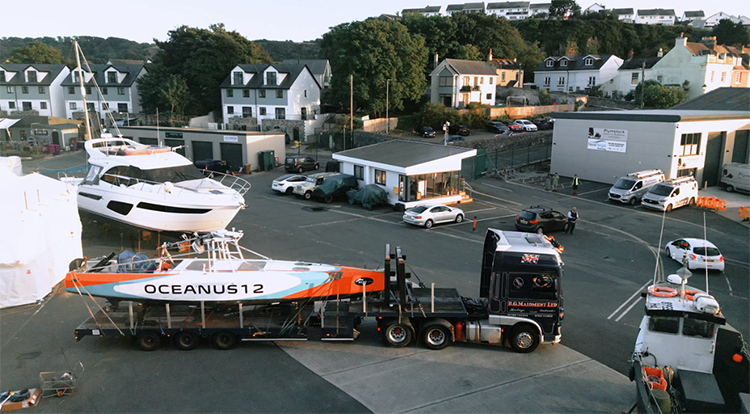MIURA 1 micro-launcher moves to the launchpad in Huelva and prepares for its test flight
- Satellite Evolution

- Mar 7, 2023
- 2 min read
The Spanish company PLD Space has moved the first unit flight of MIURA 1 from its headquarters in Elche to the launch base in Huelva. After successfully completing the manufacturing and integration, the suborbital micro-launcher is ready to begin the test flight campaign in the facilities of El Arenosillo Experimentation Center (CEDEA) of the National Institute for Aerospace Technology (INTA), which belongs to the Spanish Ministry of Defense. The mission, with an estimated duration of several months, will culminate with the first launch of a private rocket in Europe.

Fine-tuning MIURA 1 before test flight
During the last few months, PLD Space has focused its efforts on the manufacturing and fine-tuning of its demonstrator rocket. This work has incorporated the lessons learned from the MIURA 1 qualification campaign, which ended last September with the successful hot test at the company's test bench in Teruel.
In these design and production phases of the flight unit, the team has faced certain differences compared to the previous test unit. These include the material of the structure itself (from steel to aluminum), as well as the recovery bay (which in the flight unit includes the flaps, aerobrakes or parachutes) or the payload bay, which now incorporates all the mechanical, electrical and electronic interfaces to house the customers' micro-loads.
In parallel, the company has also completed the manufacture and testing of the platform that operates both as a trailer for the transport of the rocket and as a launch pad. Likewise, the building and preparation works of the CEDEA facilities in Huelva have been completed, so that PLD Space will become the first private operator to use a space port in Europe.
"On that site there was no infrastructure available to launch MIURA 1. During the last few months, we have adapted the area and built all the needs of the launch pad, which has already been accepted to host the rocket," says PLD Space Co-founder and Launch Director, Raúl Torres.

Integrating ZARM’s payload, PLD Space’s very first customer
The company has successfully completed this stage of the program and has transported the demonstrator micro-launcher together with the pad from its factory in Elche to its facilities in Huelva. The vehicle is now at the launch base, ready for the start of the flight test campaign.
The MIURA 1 launch mission includes a series of maintenance and rocket preparation works at the hangar, as well as several tests at the launch base. During these weeks, the payload of the first customer, the German Center of Applied Space Technology and Microgravity (ZARM), at the University of Bremen, will also be transported and integrated.
Later, PLD Space has different flight windows for MIURA 1 during which the launch will proceed, which will be conditioned by the safety of the area, the weather conditions and the availability of the rocket itself.
The ultimate goal is to perform a first test flight to validate in real conditions the technology developed so far by PLD Space. During the following launches of MIURA 1, the flight requirements will be extended until obtaining valid knowledge and experience to be transferred to the orbital rocket already under development by the company, MIURA 5, which will fly from French Guiana at the end of 2024.



Comments